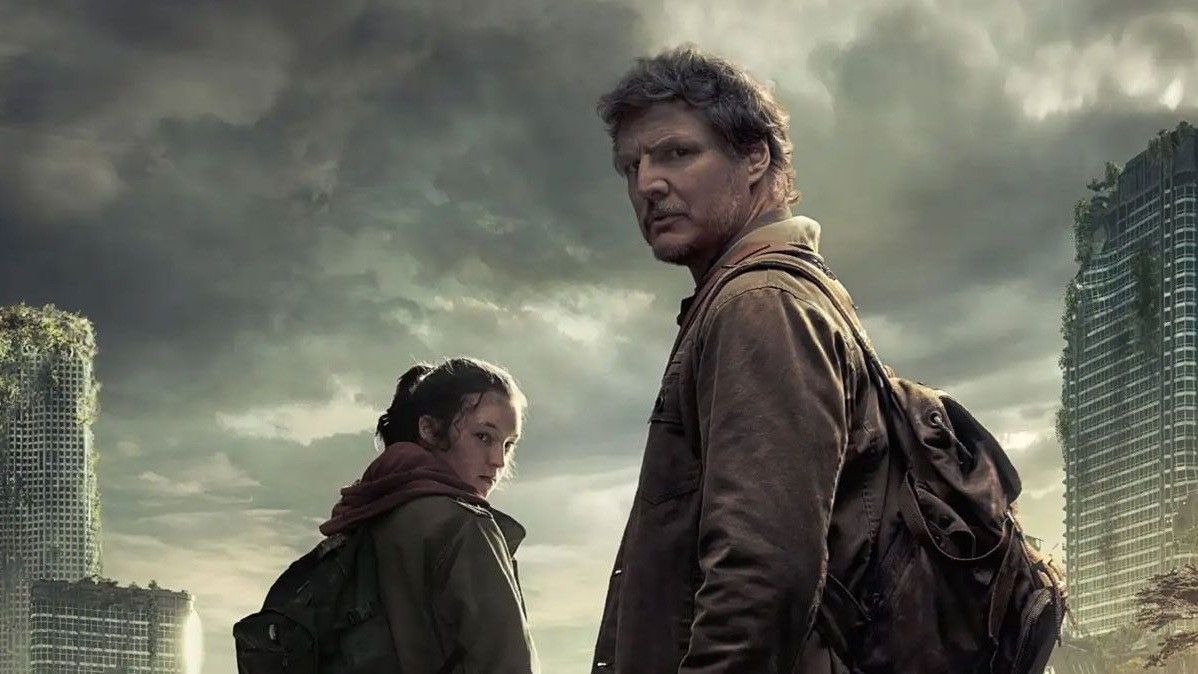
Were you a fan of The Last of Us pilot?
[Editor’s note: This article contains minor spoilers.]
There's a lot of pressure on showrunners Craig Mazin and Neil Druckmann. They're adapting a beloved video game, one with an audience of tens of millions, into an HBO TV show. So, how did we get here?
Druckmann is the head of Naughty Dog, and led the development of The Last of Us (2013) as writer and creative director. He had a competitive advantage. And Mazin is the writer and showrunner behind Chernobyl, along with many feature films. Plus, he is a gamer.
Still, the pressure was on. After the rave reviews coming in from last night's premiere episode, it seems like they're off to a good start.
Mazin and Druckmann spoke with SyFy about their process and the way the season will go.
When it came to opening the series, things started off not with a bang, but with an ominous interview about fungus. Mazin explains why they began that way, saying, "It's easy for an audience now to, justifiably, when they hear the word pandemic, cross their arms and go, 'Well, I've just lived through one, so I don't care.' Part of what we needed to get across was, 'Not like this.'"
"It was important to also show that it had always been there," Mazin said. "Cordyceps has been waiting. We were warned, and we were told. I generally find myself being scared when scientists are scared. And so there was a chance to really explain to people the beauty and the horror of this very real thing."
Of course, after that, we're with our characters. We meet Joel (Pedro Pascal) and Sarah (Nico Parker), something that also happens in the game. How do you keep a gaming audience interested, along with people who are entering this story for the first time?
Druckmann expanded on this idea, saying, "The ethos at Naughty Dog is that we wanted you to feel like you are Joel and seeing the world through his eyes. So we'd have these long, uninterrupted sequences filled with action that we had to build on, and that creates a certain tension and a connection with the character that's wholly native to video games. If we tried to put just that on the screen, it would get boring. What would be thrilling in one medium, would be boring in another. And the game, when we made it, combined different genres. It wasn't just horror, and it wasn't just drama. It was about capturing all those different facets."
That genre meshing really played well here. It allowed audiences to sink into the characters and then feel the repercussions as things go wrong for them. It's fun unpacking the situation as we move forward in time and see what the world looks like as it crumbles.
Did you watch the pilot? What were your favorite parts? Did you think it stood up against the game?
Let us know in the comments.
Your Comment